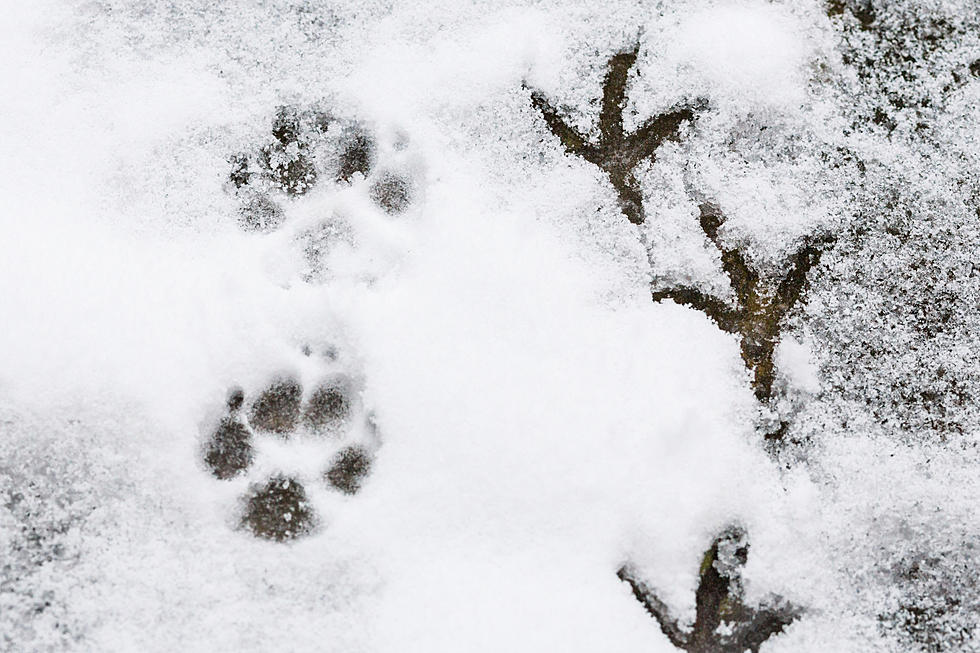
Maine Wildlife Officials Need Your Help Finding Bats
In an attempt to study the effects of a deadly fungus on Maine’s bat population, state wildlife officials plan to enlist the help of some brave volunteers to assist them in scouring the darkest crevasses of the area’s rural architecture.
The Department of Inland Fisheries and Wildlife says that a disease known as white nose syndrome is responsible for eliminating the majority of bat colonies across the Northeast and in Maine. Now, wildlife officials say they need area residents to help them identify bat colonies as a means for establishing a reference point for breeding bats.
Bat colonies are usually found in attics, barns, abandoned buildings, garages and other assemblies where the creatures can seek out the darkness – peak bat season is expected through the end of July.
Last year, Maine didn’t have any roosting bat colonies due to the severity of white nose syndrome. Out of the 45 colonies that were discovered last year by volunteers, there were reportedly only 12 bats that were roosting – none were breeding.
To find out more about how you can help with bat conservation, click here.
More From









